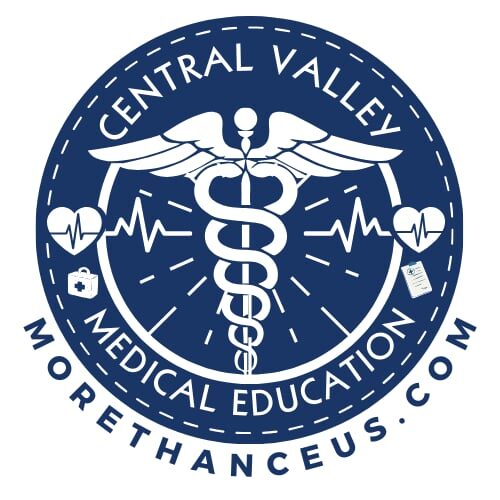Reporting Chains and Documentation
After a needlestick or sharps exposure, clear, prompt, and accurate reporting is not just a good practice — it’s a regulatory requirement and the first step toward ensuring proper care, legal protection, and institutional accountability. This topic walks learners through the reporting chain from the moment of exposure to final documentation and follow-up.
🧾 Why Reporting Matters
- It initiates medical evaluation and post-exposure prophylaxis if needed.
- It ensures the source patient is tested appropriately (if known).
- It triggers OSHA-mandated recordkeeping and sharps injury log updates.
- It helps the organization analyze trends and improve safety protocols.
Unreported exposures lead to:
- Missed treatment windows (e.g., HIV PEP)
- Gaps in injury surveillance
- Loss of workers’ compensation protection
- Facility liability and potential fines
📣 Who to Notify First
Immediately inform:
- Direct supervisor or charge nurse
- Employee Health / Occupational Health
(If unavailable, go to Emergency Department)
Follow your facility’s protocol — some departments may also involve infection control or safety officers during the initial stages.
📋 Incident Report Requirements
Employees must complete an incident or exposure report as soon as possible, preferably within the same shift. This report must include:
- Name and role of the exposed employee
- Time, date, and exact location of the exposure
- Description of the procedure and circumstances (e.g., patient moved, needle slipped)
- Type of device used (needle, scalpel, IV stylet, etc.)
- Whether personal protective equipment (PPE) was in use
- Whether the sharp was safety-engineered and properly activated
- Information about the source patient (if known and available)
- Any first aid or initial actions taken
- Witnesses (if applicable)
🧷 Sharps Injury Log (OSHA Requirement)
Per OSHA’s Bloodborne Pathogens Standard:
- Employers must maintain a confidential sharps injury log
- It must include:
- Type and brand of device involved
- Work area where the injury occurred
- A brief description of the incident
- This log is separate from the employee’s medical file and must be kept for at least 5 years
🔐 Confidentiality Standards
- All documentation must comply with HIPAA and protect both the employee’s and source patient’s identity.
- Source patient testing must be handled according to facility consent protocols and state laws.
🧠 Key Takeaways:
- Reporting is the gateway to protection, not punishment.
- Complete and timely documentation ensures medical, legal, and organizational continuity.
- Know your reporting chain before an injury happens — don’t wait to learn under stress.
